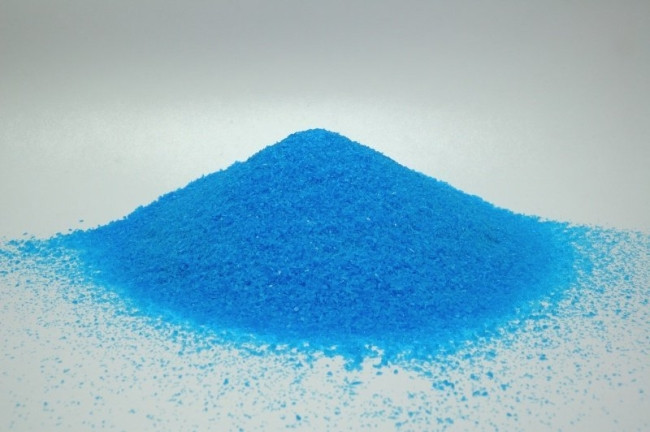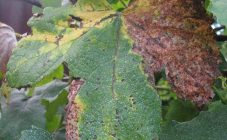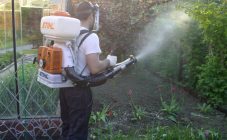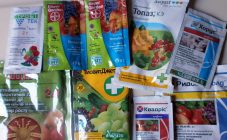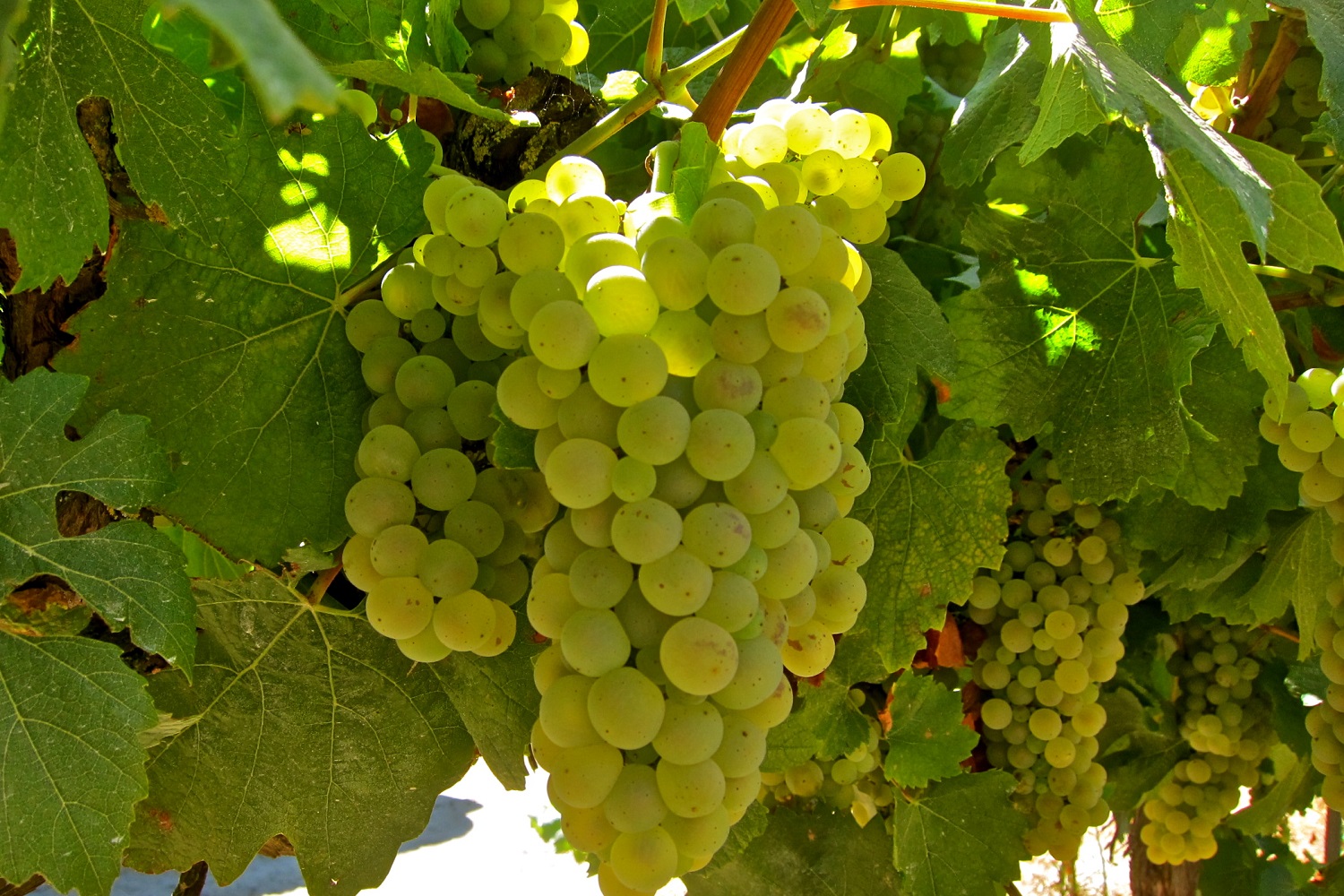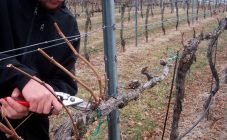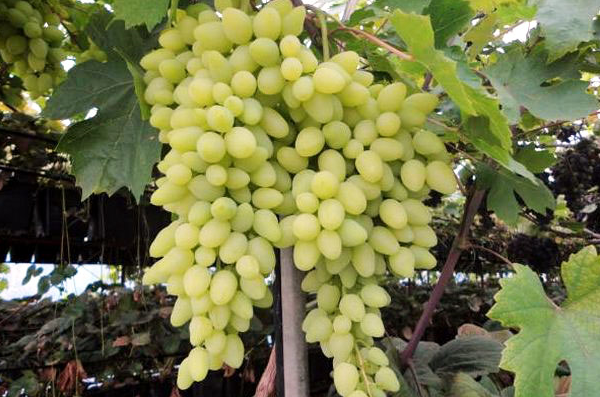Content:
The most dangerous disease is mildew on grapes. Winegrowers have been trying to overcome it for a long time, but many are defeated in this unequal battle. Where did mildew grape disease come from? How to deal with it will be disclosed in this article.
What is the disease
Mildew is also called downy mildew, refers to fungal diseases. She came to Russia from England back in 1834. But before that, she came to Europe from North America. In European countries, the disease spread very quickly, and already in the twentieth century, the grape harvest has decreased significantly for this reason. What does the disease look like in the vineyard?
In the spring, the disease appears on the leaves of the culture in the form of gray spots. On young pagons, the spots have an oily appearance with a yellow tinge. If there is high humidity in the air, and at the same time a warm temperature, then the fungi of the disease begin to multiply actively. After some time, a mycelium in the form of a gray cannon will appear on the bottom of the leaf.
In addition to leaves, milidium also affects other parts of the plant:
- ridges;
- antennae;
- the tops of the shoots;
- inflorescences;
- young grapes.
What makes mildew appear
The causative agents of mildew are fungi, which belong to the downy mildew. This species bears similarities with tobacco mold, hop downy mildew and potato late blight. Plant spores overwinter on grape leaves, thanks to zoospores.
Zoospores actively reproduce throughout the summer and the first month of September. Thanks to the structure of the walls, they easily endure the winter period. Zoospores awaken in the month of April, when the air warms up to eight degrees during the day. The best conditions for the disease to breed are rainy or foggy weather. During this period, the sporangium shell is torn, and at least sixty zoospores fall on the plant.
Only at temperatures below eight or above thirty degrees, bacteria cannot develop, for this reason the grapes remain healthy. Sprouted hyphae, once on a grape leaf, begin to grow and feed on nutrients that are in the cells of the leaves. It should be taken into account that the incubation period of the disease lasts for half a month. After that, the leaf becomes covered with oily spots.
The incubation period lasts twenty days and begins from the moment the sporangia shell breaks and releases the zoospore culture onto the leaves, and ends at the moment the spots appear. After this, the breeding period of the disease begins. In dry and hot summers, grapes are not exposed to disease. Only after the rain has passed, the spores of the fungus infect the plant, and the disease develops at great speed.
How to deal with the disease
Most winegrowers do not know what measures to take to get rid of mildew grape disease and how to treat it. Today there are two methods of struggle:
- Using drugs based on chemicals;
- Folk remedies.
Chemicals
First of all, gardeners use copper sulfate to take measures to combat mildew on grapes. The leaves are sprayed with a weak solution, a stronger solution is used to treat the trunk and branches.
- Bordeaux liquid... This drug is used to spray the entire shrub. To prepare it, you need to take lime in the amount of one hundred and twenty grams, one hundred grams of copper sulfate and dilute all this in ten liters of water. In this case, you get a one percent solution. In order to prepare a three percent liquid, the amount of ingredients is tripled. You can check how correctly the mixture is prepared with a nail. A change in the color of the nail indicates that either water or lime must be added to the mixture.
- Burgundy liquid... For its preparation, you will need to take four hundred grams of copper sulfate, three hundred and fifty grams of soda ash and twenty liters of water. To check the quality of the preparation of the solution, litmus paper is used.
- Copper oxychloride. For her, you need to purchase a special powder in the store, dilute it in a ratio of fifty grams per ten liters of water.
- Copper silicate... A solution is prepared from copper sulfate and silicate glue. It is important to properly prepare the solution; for this, silicate glue must be poured into the copper sulfate. But in no case should you do it the other way around. Mixing should result in a dark green mixture. You can check if the suspension is prepared correctly using paper with purgen.
- Preparations that contain copper sulfate. They are excellent for mildew disease in the vine. These include:
- "Tsiram";
- "Tsineb";
- "Captan";
- "Kuprozan".
- Used successfully preparations based on sulfur... These include:
- Planriz;
- "Alirin-b".
It is necessary to spray the plant at least five times throughout the season. This must be done without fail, since the fungus tends to multiply rapidly. Most often, this disease is affected by a grape variety such as Kishmish. For this reason, the culture must be processed every fourteen days in order to save it from withering away.
Folk remedies for fighting mildew
You can get rid of this disease with the help of folk remedies. In this case, you can significantly save your budget. And also you will not need to follow strict rules for the preparation of mixtures and their methods of application. These methods are:
- Wood ash tincture... To prepare it, you need only a kilogram of ash and ten liters of water. Withstand the tincture for a week. The leaves of the plant must be treated on both sides. The drug should be used immediately, at the first signs of the disease. With the same solution, the root system of the culture is strengthened. To do this, you need to water the soil in the root zone.
- Potassium permanganate solution. It is diluted in the ratio of one teaspoon to ten liters of water. The leaves need to be sprayed from the inside. After that, they are sprinkled with ash.
- An equally effective way to combat fungal diseases is dill... It must be sown near the plant. It prevents disease and avoids frequent chemical treatments.
Modern developers have released the drug Fitosporin, which contains only natural substances, such as cells of Bacillus subtilis 26 D. Thanks to him, the grapes remain environmentally friendly, despite the fact that they were sprayed.
Advantages and disadvantages of Profit Gold
If anyone does not know how to process grapes before flowering from mildew and oidium, then you should know that one of the most effective drugs is Profit Gold for grapes. It works even if other drugs have no effect. It destroys phytophthora and mildew bacteria. During rain, the drug works as effectively as in dry weather.
When using Profit Gold, the instructions for use for grapes advise to dilute the powder in a ratio of six grams per fifteen liters of water. With this composition, you can process at least one hundred and fifty square meters, the last time you need to process the plant at least a month before the fruit is fully ripe. On the treated plant, the preparation forms a film that protects the grapes from diseases.
Experts recommend using the drug to prevent the disease. Thus, they do not allow her to appear. The advantages of Profit Gold are:
- a modern drug made using the latest technologies;
- effective in both dry and wet weather;
- does not lend itself to washing off;
- stops the development of the disease on plants;
- heals the affected stems;
- effective even with a weak consistency;
- the substance is not very dangerous;
- does not destroy bees and microflora useful for the plant.
Mildew control will be effective if you choose the right method. In this case, it is necessary to process the plant in advance to create resistance to the fungus, and subsequently it would not be necessary to treat the vine. The best drug is still Profit Gold, which can be used for both prevention and treatment.

